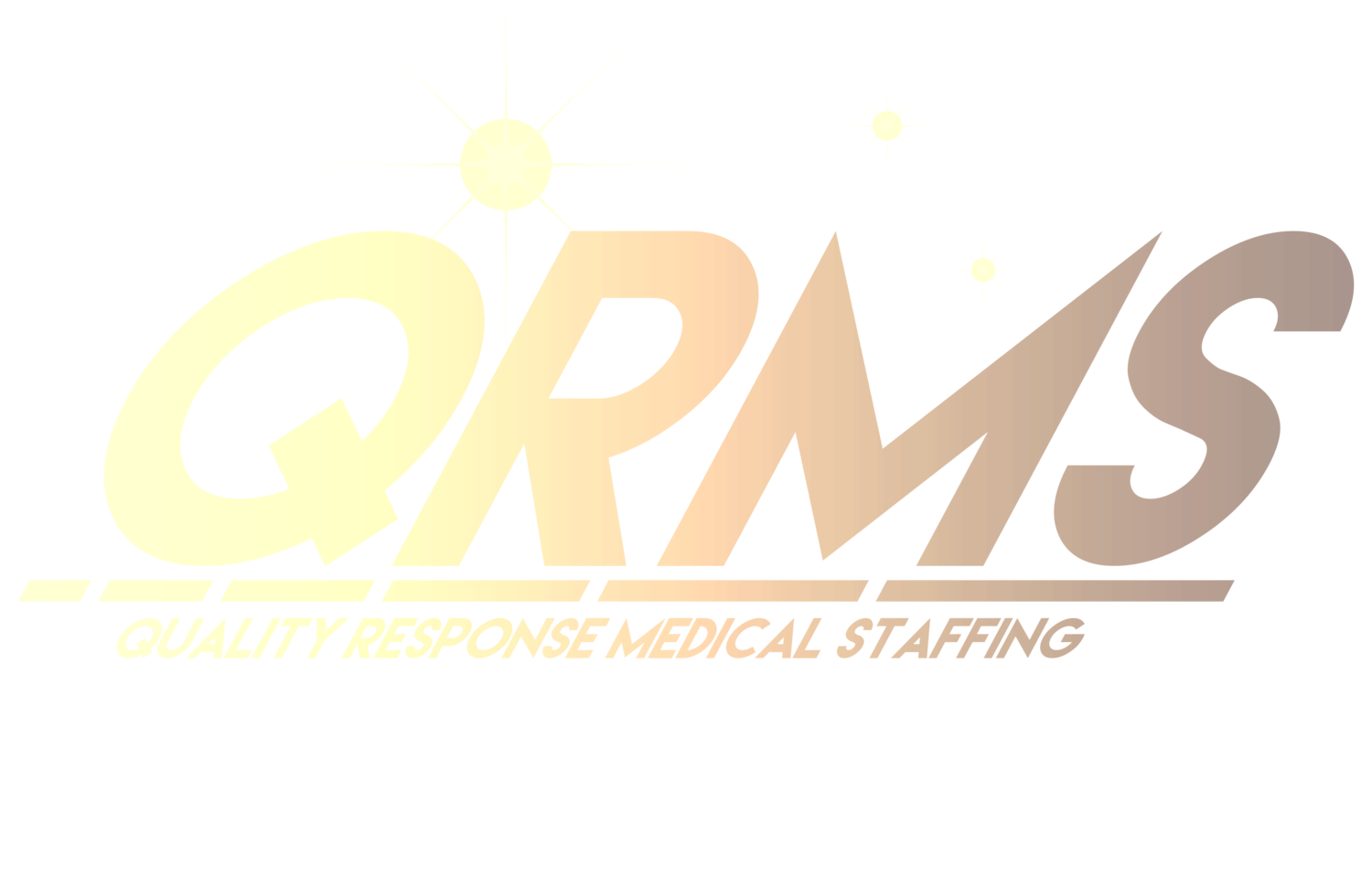The Best Teeth Whiteners Guide
A bright, white smile isn’t just about vanity—it’s a sign of good oral hygiene and can boost your confidence in a big way. But with so many teeth-whitening options available, from drugstore strips to professional treatments, it’s easy to feel overwhelmed. The truth is: the best teeth whitener for you depends on your goals, budget, and how sensitive your teeth are. Let’s break down the most effective teeth-whitening methods so you can make the best choice.
1. Professional In-Office Whitening
Best for: Fast, dramatic results
Dentists use stronger bleaching agents than what you can buy over-the-counter, often with light or laser activation. Results can be seen after just one session, whitening teeth by several shades.
Pros: Quick results, professional supervision, long-lasting.
Cons: Expensive ($300–$1,000), potential temporary sensitivity.
2. Custom Take-Home Whitening Trays
Best for: Convenience and lasting results
Your dentist can make custom trays and provide professional-grade whitening gel. You wear them at home for 30 minutes to a few hours per day, usually for 1–2 weeks.
Pros: Effective, tailored to your mouth, less risk of gum irritation.
Cons: Requires commitment and consistency, more costly than store-bought kits.
3. Whitening Strips
Best for: Affordable, easy-to-use option
Available at most drugstores, whitening strips use peroxide gel to bleach teeth. You typically wear them daily for 10–30 minutes over 1–2 weeks.
Pros: Affordable ($20–$60), accessible, noticeable results.
Cons: Can slip or feel uncomfortable, may cause sensitivity, results not as strong as professional treatments.
4. Whitening Toothpastes & Mouthwashes
Best for: Maintenance, not dramatic whitening
These products contain mild abrasives and gentle bleaching agents that help remove surface stains. They won’t drastically change tooth color but can help maintain results from other treatments.
Pros: Easy to add to daily routine, inexpensive, prevents new stains.
Cons: Minimal whitening effect on their own.
5. Whitening Pens
Best for: Quick touch-ups
Whitening pens are portable and easy to apply directly onto teeth. They work best for maintaining brightness between treatments rather than as a primary whitener.
Pros: Convenient, travel-friendly.
Cons: Temporary results, limited coverage.
6. Natural Whitening Remedies
Best for: Gentle stain prevention
Baking soda toothpaste, activated charcoal, or oil pulling with coconut oil are popular natural methods. While they can help reduce surface stains, they’re not as powerful as peroxide-based treatments.
Pros: Affordable, natural approach.
Cons: Limited effectiveness, potential enamel damage if overused (especially charcoal or baking soda).
Tips for Maintaining a Bright Smile
Brush and floss regularly.
Avoid stain-causing foods and drinks (coffee, tea, red wine).
Rinse your mouth with water after meals.
Schedule regular dental cleanings.
Bottom Line
If you want fast, dramatic results, professional whitening at the dentist is the gold standard. For a budget-friendly boost, whitening strips or pens can be effective. And for long-term maintenance, whitening toothpaste and lifestyle habits make the biggest difference.

